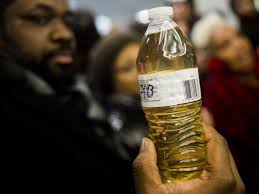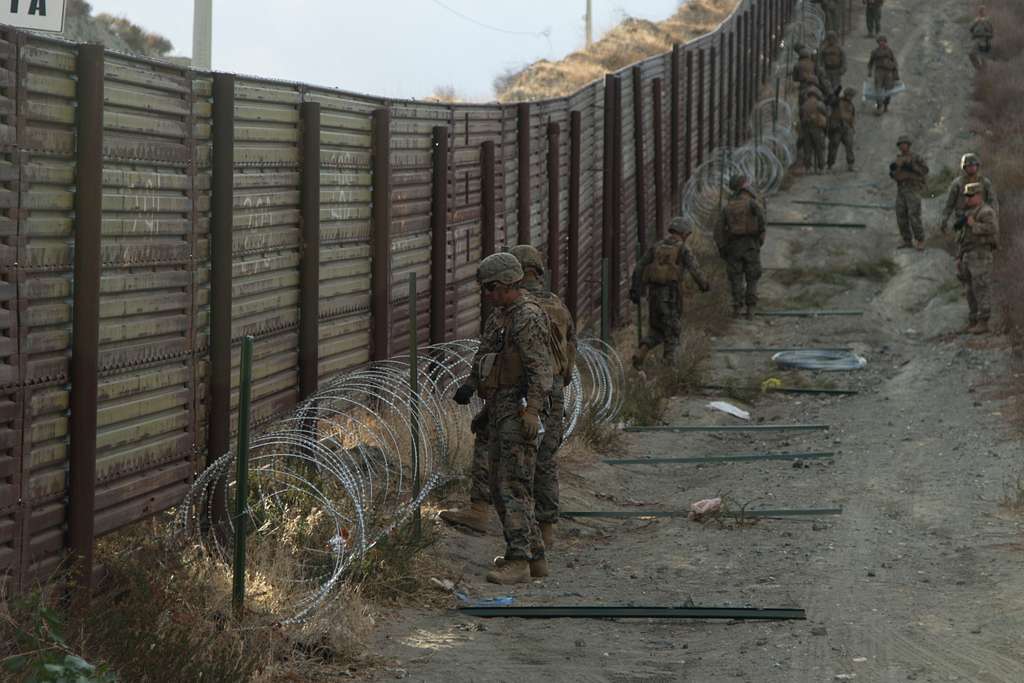Day 1,055: The Flint water crisis is still here

This is what Flint, Michigan’s water looks like. In 2014, the government deemed this safe to drink. Not likely. Photo creds to public domain.
March 12, 2017
The Flint water crisis has been going on since 2014, when the Flint river became the only water source in Michigan. Over a year ago, both Michigan and the federal government declared a state of emergency when the water started to poison local children due to lead. It’s been years and our government has’t done ANYTHING. Ridiculous.
In April 2014, Flint switched its water source from Detroit to the Flint River. But the water was mistreated, which caused the old pipes to contaminate the water with lead. For months, the people of Flint complained about the smell and discoloration of the water. The government officials told them it was safe to drink.
The city has switched back to Detroit’s water supply and millions of dollars has gone towards Flint’s recovery, but the locals are worried if they can trust what the government is telling them. I mean, I wouldn’t trust the government either. They expressed their worries about the water and officials pretty much just waved their hand saying, “yeah it’s fine”.
The people of Flint, Michigan can’t drink the lead-filled water without a filter. Josh Sanburn, writer for TIME stated, “Most families [have] to rely on bottled water for everything from brushing their teeth, to cooking and bathing”.
Local activist, Melissa Mays, created the group ‘Water You Fighting For?’, and is pushing for more testing for the bacteria, Legionella, which caused the outbreak of Legionnaire’s Disease in April 2014 (interesting) and killed 12 people. Is this a joke? 12 people died from the water and the government still told the locals that the “water is fine”.
Help isn’t coming fast enough. Flint locals are still getting poisoned and people are rioting, calling out for help, and trying to make this problem known. According to TIME, “Michigan Attorney General Bill Schuette has filed 48 charges against 13 state and local officials who played a role in allowing lead to leach into the city’s water supply”.
Flint’s Mayor, Karen Weaver has started to dig up and replace the 30,000 lead-filled pipes, but so far only about 700 have been replaced. The state hasn’t given this city enough money to finish this project. This crisis isn’t going away and these people need help.





